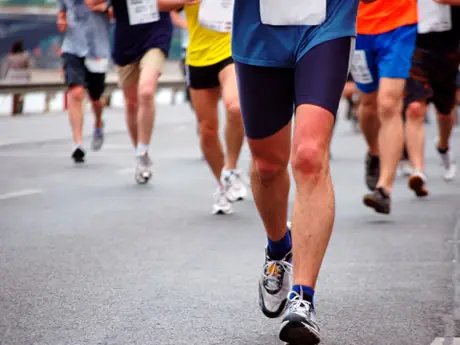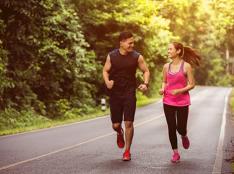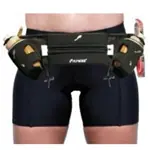
A lithe frame kept toned with weekly speed workouts and a competitive demeanor give Mary Harada the presence of a world-class athlete—and she has the r?sum? to back it up. Harada currently holds an American record in the mile, while international medals top a bookshelf in her Massachusetts home.
These accomplishments make Harada unique, but there's one thing that makes her truly special. Harada, a grandmother of two, will turn 77 years old this June.
Harada started running at age 33 as a way to stay in shape. When she was in her early 40s, a coworker persuaded her to try road racing. Three decades and countless races later, Harada has never seen a reason to quit. "I found it really difficult to get in shape [initially]," Harada says. "I thought the best thing to do would be to keep running so I wouldn't get out of shape. I began running six days a week with one day off as a routine. That's basically what I've been doing since."
Perseverance and tough training have made Harada into one of the fastest septuagenarians in the country. As a masters runner (a term used to describe competitors over the age of 40), Harada has shattered numerous records, including the world record in the mile for both the 70 to 74 and 75 to 79 age groups. At a life stage when many women struggle to perform daily tasks, Harada is bringing home trophies.
In Good Company
While Harada's health and wellness are astounding, she's not alone. According to Running USA's 2011 State of the Sports Report, there are over 196,000 female runners over the age of 65 actively involved in the sport today. This number is not only staggeringly large, but quickly growing, up from a mere 61,000 in 2009. Participation has increased in races from the 5k to the marathon. The 1991 New York Marathon hosted 25 female participants 65 or older. In 2011, the number of women runners in this age bracket grew nearly five-fold, totaling 125 finishers.The New England 65 Plus Club, a running group that counts Harada as a member, has seen its roster skyrocket in recent years. The club was founded in 1991 with the mission of persuading race directors to include more advanced age divisions in their events. At the time, the majority of races granted medals based on the age group "60 & Older," a range Harada says "isn't very friendly" for those over 65.
In the last 20 years, the club's membership has grown from a humble 19 to more than 600 runners. It has not only made strides in achieving its age-group mission (the club reports that more than 95 percent of races in New England now include age categories of at least 70 plus), but it has become a place where older runners can come together and be recognized for achievements, share advice and gain what 85-year-old member Florence Dagata calls "energy and enthusiasm."
- 1
- of
- 3
Get ACTIVE on the Go


Couch to 5K®
The best way to get new runners off the couch and across the finish line of their first 5K.
Available for iOS | Android








Discuss This Article